Invalid Index To Scalar Variable
What is an invalid index to a scalar variable?
In programming, an index refers to the position of an element within a data structure, such as an array or a list. A scalar variable, on the other hand, is a variable that can hold only a single value at a time. An invalid index to a scalar variable occurs when a program tries to access or modify a nonexistent or out-of-range element of a scalar variable.
For example, if you have a scalar variable named “x” with a single value of 5, trying to access x[1] would result in an invalid index error since the index is out of range.
What causes invalid index errors?
There are several reasons why invalid index errors occur:
1. Out-of-range index: This is the most common cause of invalid index errors. When the index accessed or modified exceeds the valid range of the scalar variable, the error is triggered.
2. Incorrect data type: Some programming languages enforce specific data types for indexing. Trying to use a data type that is not compatible with the scalar variable can lead to an invalid index error.
3. Missing or incorrect syntax: Incorrect usage of indexing syntax, such as forgetting brackets or using incorrect syntax for accessing specific elements, can also lead to invalid index errors.
Consequences of using an invalid index
Using an invalid index can have several consequences:
1. Runtime error: Using an invalid index can cause your program to crash or halt at runtime, resulting in the loss of unsaved data and an interrupted user experience.
2. Incorrect results: In some cases, an invalid index may not trigger a runtime error but rather produce unexpected results. This can lead to incorrect calculations, outputs, or decisions based on inaccurate data.
How to handle invalid index errors
When encountering an invalid index error, it is essential to handle it appropriately to ensure program stability and correctness. Here are a few steps to follow when handling these errors:
1. Identify the source: Determine the line or section of code where the invalid index error occurs. This can help you pinpoint the cause and rectify it effectively.
2. Validate the index: Check if the index being used is within the valid range of the scalar variable. If not, review your code and make the necessary adjustments to ensure the index is within bounds.
3. Consider using conditional statements: Implement conditional statements, such as if-else or try-except blocks, to catch and handle invalid index errors gracefully. These statements can allow your program to continue running smoothly without crashing or producing incorrect results.
4. Debugging and testing: Utilize debugging tools and techniques to locate and resolve invalid index errors. Additionally, test your code thoroughly to ensure it can handle various scenarios and prevent invalid index errors from occurring.
Common mistakes leading to invalid index errors
Some common mistakes that can result in invalid index errors include:
1. Off-by-one error: One of the most frequent mistakes is accidentally using an index that is either one less or one more than the valid range. It’s essential to double-check your indexing logic to avoid off-by-one errors.
2. Incorrect slicing syntax: Slicing is a common operation to extract multiple elements from a data structure. However, providing incorrect slicing syntax can lead to invalid index errors. Pay attention to the starting and ending positions while slicing.
3. Mismatched data types: Ensure that the data type used for indexing is compatible with the scalar variable. Trying to use non-integer or non-numeric data types as indices can result in invalid index errors.
Tips to avoid invalid index errors
To prevent invalid index errors in your code, consider the following tips:
1. Double-check indices: Always validate the indices being used to access or modify the scalar variable. Perform range checks and ensure they are within the valid bounds.
2. Review syntax: Pay close attention to the indexing syntax and make sure it matches the rules specified by the programming language you are using.
3. Use conditional statements: Implement conditional statements to handle potential errors gracefully. This allows you to handle invalid index scenarios without crashing your program.
4. Test and debug thoroughly: Testing your code extensively can help uncover potential invalid index errors. Utilize debugging tools and techniques to identify and fix any issues present.
Examples of invalid index errors and their solutions
1. Invalid index to scalar variable “yolo”:
Scalar variables cannot be accessed using indices as they only hold a single value. To resolve this error, ensure that you are not attempting to use indices on scalar variables.
2. Only integer scalar arrays can be converted to a scalar index:
This error suggests that the index used should be an integer. Verify that you are providing an integer value as the index, rather than a different data type.
3. Numpy index:
Numpy is a popular library for scientific computing in Python. This error may occur if you are trying to use numpy indexing on a scalar variable. Make sure you are using the appropriate numpy indexing syntax or consider if numpy is necessary for your use case.
4. Scalar Python:
Occasionally, Python may throw an error when trying to access or modify a scalar variable using an index. Ensure that you are not trying to treat a scalar variable as a data structure that can be indexed.
5. None of (Index((…)) are in the (columns)):
This error occurs when working with tabular data. It suggests that the index you are trying to use does not exist in the columns of the dataset. Check your indexing logic to ensure it references valid column names.
6. Too many indices for array: array is 1-dimensional, but 2 were indexed:
This error indicates that you are attempting to use more indices than the dimensions of the array allow. Ensure that the number of indices matches the dimensions of the array accurately.
In conclusion, an invalid index to a scalar variable occurs when a program attempts to access or modify a nonexistent or out-of-range element. These errors can lead to crashes, incorrect results, and runtime issues. To handle invalid index errors effectively, identify the source, validate indices, use conditional statements, and thoroughly test and debug your code. By following best practices and being mindful of common mistakes, you can avoid these errors and ensure the stability and accuracy of your programs.
Pandas : How To Fix Indexerror: Invalid Index To Scalar Variable
Keywords searched by users: invalid index to scalar variable Invalid index to scalar variable yolo, Only integer scalar arrays can be converted to a scalar index, Numpy index, Scalar Python, None of (Index((…) are in the (columns))), Too many indices for array: array is 1-dimensional, but 2 were indexed
Categories: Top 79 Invalid Index To Scalar Variable
See more here: nhanvietluanvan.com
Invalid Index To Scalar Variable Yolo
Programming languages use indexing to access elements or values stored in a variable or data structure. An index refers to the position or location of a specific element within an array, list, or other data structures. In most programming languages, indices start at 0 for the first element, and increment by 1 for each subsequent element.
However, when a programmer tries to access or assign a value using an index that is outside the valid range of indices, the “invalid index to scalar variable yolo” error is triggered. This error message indicates that the index used to access or assign a value is not within the acceptable range of valid indices.
The “scalar variable” part of the error message refers to a variable that can hold only a single value at a time, as opposed to a data structure that can store multiple values. Scalars are often used to represent integers, floating-point numbers, Booleans, or strings.
There are several potential reasons why this error may occur:
1. Incorrect index value: The programmer might have mistakenly used an index that is greater than or less than the valid range of indices. For example, if an array has 5 elements, the valid indices would be 0 to 4. Accessing or assigning a value using an index outside this range would result in the “invalid index to scalar variable yolo” error.
2. Empty data structure: If a programmer tries to access or assign a value using an index, but the data structure is empty, the “yolo” error can occur. In such cases, the index does not correspond to any elements or values within the data structure.
3. Variables confusion: Another common cause of this error is when a programmer mistakenly confuses scalar variables with data structures. For instance, if a programmer treats a scalar variable as an array or a list and tries to access elements using an index, the “invalid index to scalar variable yolo” error will occur.
To resolve this error, it is important to thoroughly review the code and identify the line or lines where the invalid index is being used. A careful analysis of the code will help determine whether there are any logic or syntax errors leading to the “yolo” error.
Frequently Asked Questions (FAQs):
Q1: How can I determine the valid range of indices for a data structure?
A1: The valid range of indices usually depends on the length or size of the data structure. For arrays, the valid range is usually from 0 to the length of the array minus 1. Some programming languages provide built-in functions or properties to obtain the length or size of a data structure, which can help determine the valid indices.
Q2: What can I do if I encounter the “invalid index to scalar variable yolo” error?
A2: Begin by checking the line of code where the error occurs. Verify if the index being used is within the accepted range. If not, correct the index to a valid value. Also, ensure that the variable being indexed is a data structure, such as an array or a list, rather than a scalar variable.
Q3: How can I prevent encountering this error in my code?
A3: Adhering to best coding practices can help avoid this error. Always double-check the indices when accessing or assigning values to ensure they are within the valid range. Be mindful of the difference between scalar variables and data structures. Additionally, use proper error handling techniques, such as conditionals or try-catch blocks, to handle potential errors gracefully.
Q4: Can this error occur in all programming languages?
A4: This error may occur in programming languages that utilize indexing or subscripting to access or assign values. However, the specific error message may differ depending on the language. It is recommended to consult the documentation or official resources for the programming language being used to understand the exact error message and how to debug it.
In conclusion, the “invalid index to scalar variable yolo” error is a common issue programmers may encounter when accessing or assigning values using invalid indices or confusing scalar variables with data structures. Understanding the fundamentals of indexing and proper variable usage can help prevent or resolve this error effectively.
Only Integer Scalar Arrays Can Be Converted To A Scalar Index
In simple terms, a scalar index refers to the position or location of a single element within an array or matrix. It is essentially a numerical value that represents the element’s position, starting from zero for the first element. On the other hand, an array is a collection of elements of the same data type, allowing us to store and access multiple values efficiently.
Now, the key point to note is that only integer scalar arrays can be converted to a scalar index. But what exactly does this mean? Let’s delve deeper.
When we say “integer scalar array,” we refer to an array that contains elements of the integer data type exclusively. These elements must be scalar, meaning they are individual values rather than arrays or matrices themselves. In other words, an integer scalar array is a one-dimensional array composed solely of integer values.
To illustrate this, consider the following example in Python:
“`python
array = [1, 2, 3, 4, 5]
“`
In this case, `array` is a valid integer scalar array since it consists of integer values exclusively. Each element can be accessed individually using a scalar index. For instance, `array[0]` would yield the value `1`, `array[1]` would yield `2`, and so on.
However, if the array contains elements of different data types, such as strings or floating-point numbers, it is no longer considered an integer scalar array. In such cases, attempting to convert the array to a scalar index would result in an error.
Let’s consider an example to understand this distinction:
“`python
array = [1, 2, “three”, 4.5, 5]
“`
In this case, `array` is not an integer scalar array since it contains a string (`”three”`) and a floating-point number (`4.5`) alongside integer values. If we tried to access elements using scalar indices, we would encounter an error.
The reason only integer scalar arrays can be converted to a scalar index lies in the underlying implementation of arrays in most programming languages. Since arrays are sequentially stored in memory, their elements can be addressed using memory offsets. These offsets are represented by numerical indices, allowing for efficient retrieval of individual elements within the array.
However, when arrays contain non-integer elements or multi-dimensional structures, it becomes more challenging to determine the appropriate memory offsets. Thus, only integer scalar arrays can successfully convert to a scalar index.
Now, let’s address some frequently asked questions (FAQs) related to this topic:
1. Q: Can I convert a float array or a string array to a scalar index?
A: No, only integer scalar arrays can be converted to a scalar index. Float arrays, string arrays, or arrays with mixed data types will result in errors.
2. Q: Are two-dimensional arrays considered integer scalar arrays?
A: No. Two-dimensional arrays (also known as matrices) are not considered integer scalar arrays. They require two indices (row and column) to access individual elements.
3. Q: Why is it important to understand this concept?
A: Understanding the concept of integer scalar arrays and their conversion to scalar indices is crucial for accurately working with arrays in programming languages. Failing to grasp this concept may lead to errors or unexpected behavior in code.
4. Q: Can I convert an array of objects or complex data structures to a scalar index?
A: No, conversion to scalar index is limited to integer scalar arrays only. Arrays containing objects or complex data structures require different approaches for element access.
In conclusion, only integer scalar arrays can be converted to a scalar index in programming languages. This distinction is important for correctly working with arrays, avoiding errors, and efficiently accessing individual elements. By gaining a solid understanding of this concept, developers can enhance their programming skills and write more robust code.
Images related to the topic invalid index to scalar variable

Found 50 images related to invalid index to scalar variable theme
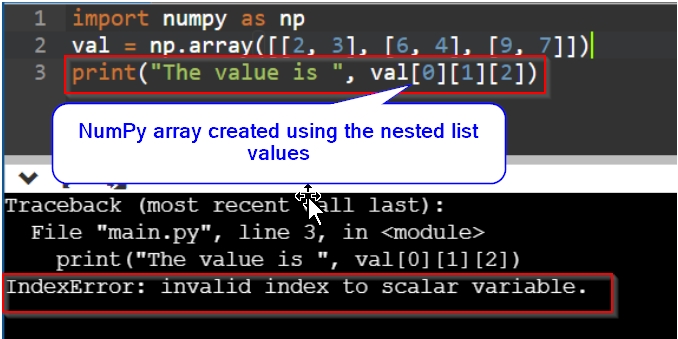




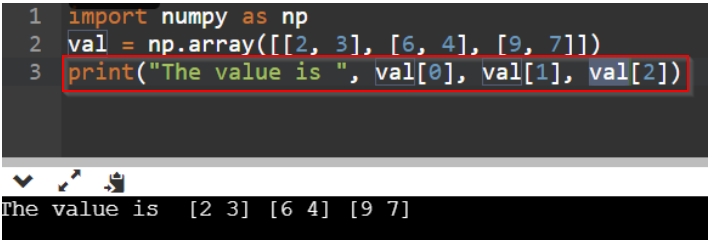

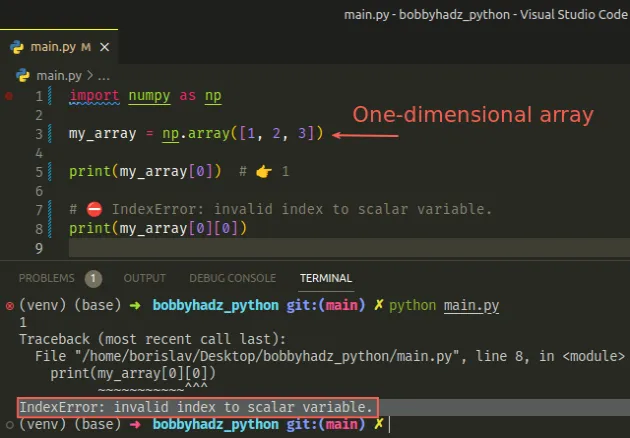

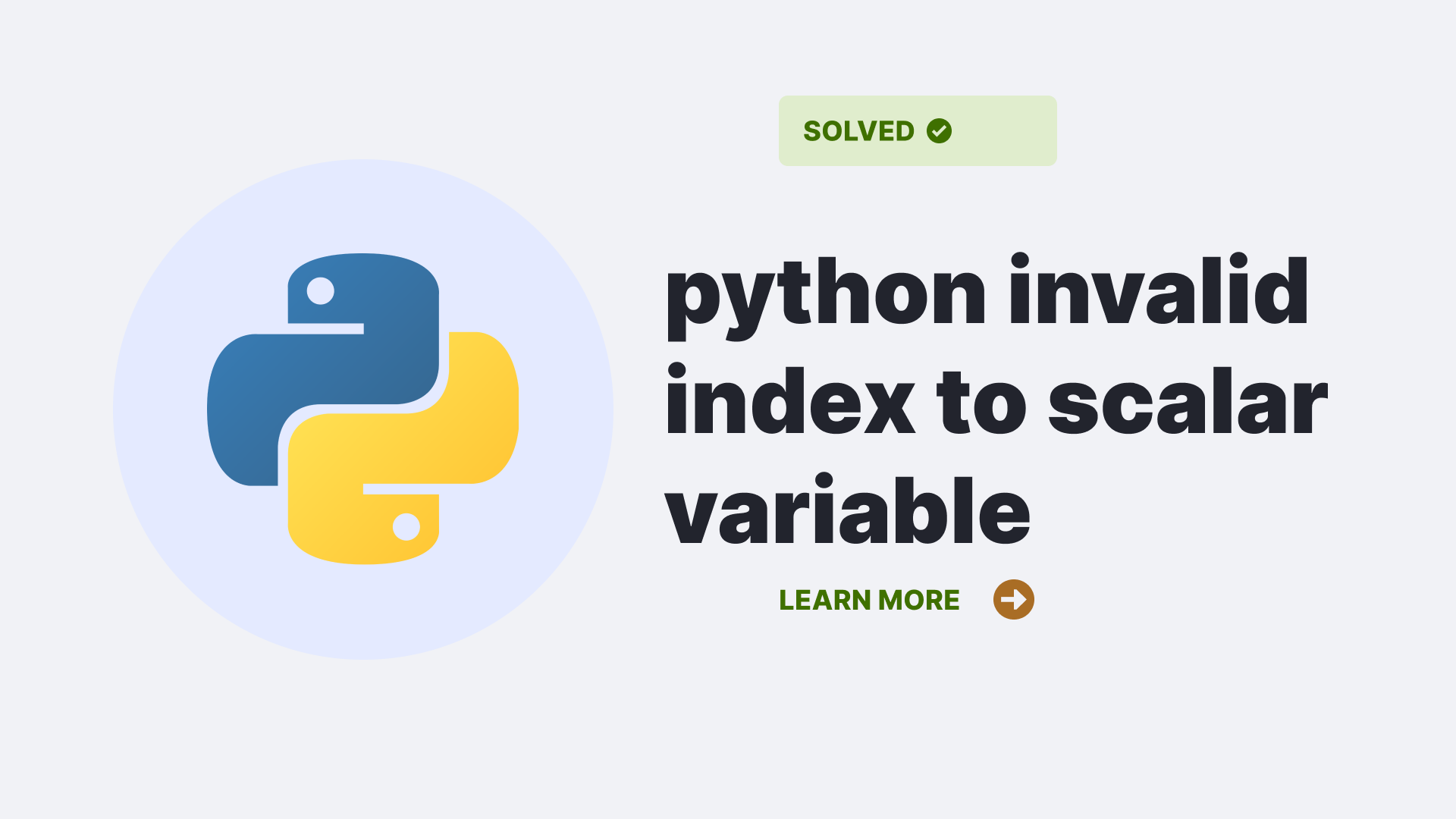



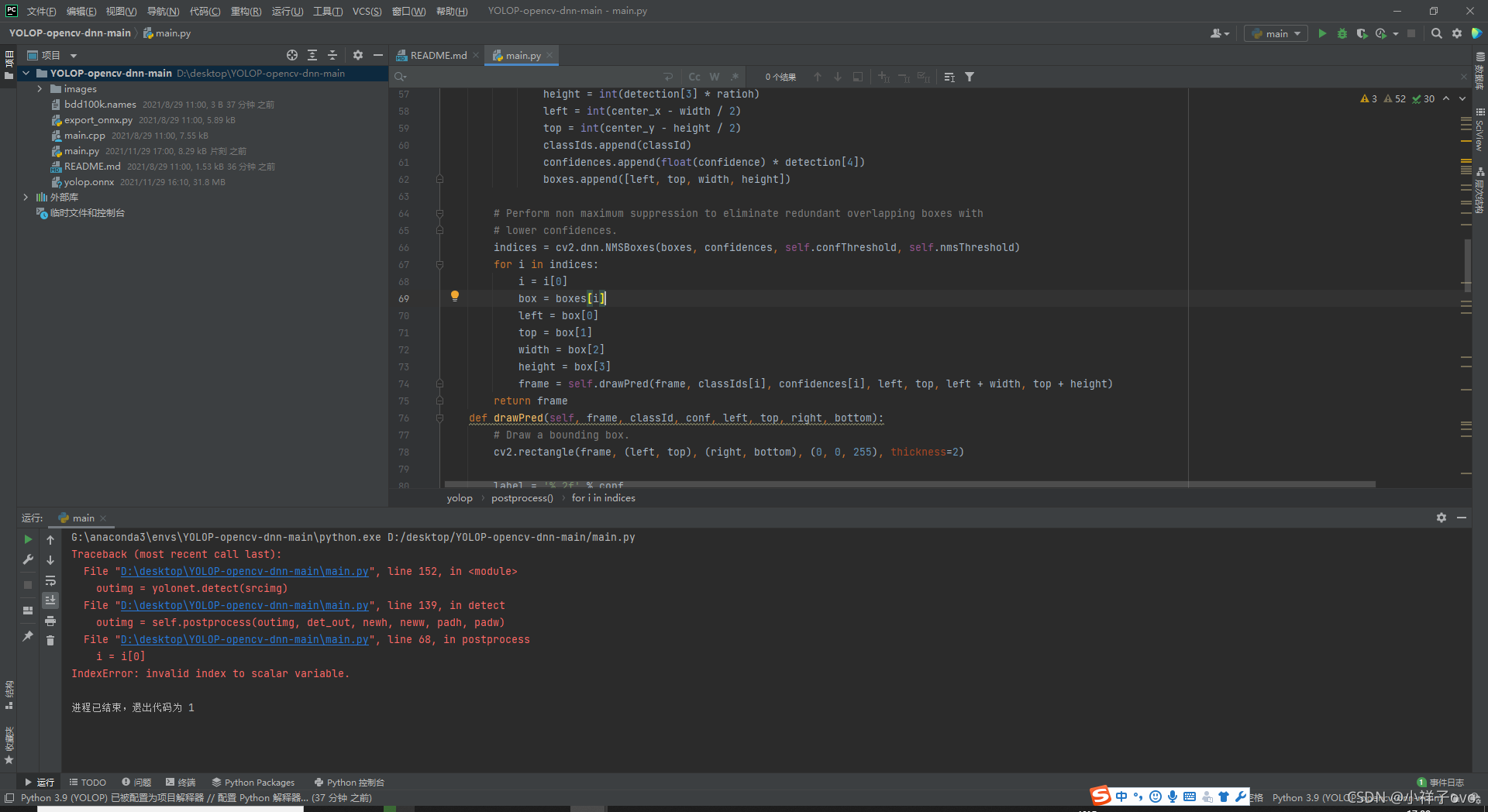


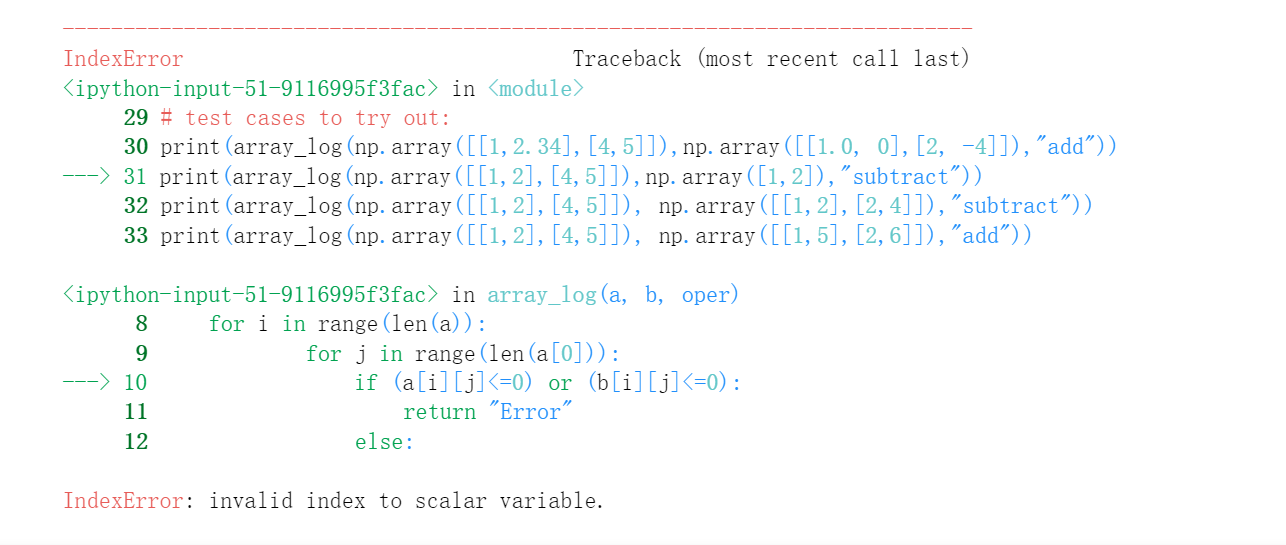


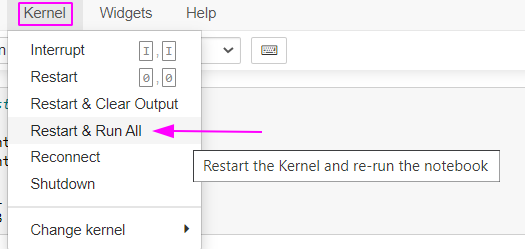

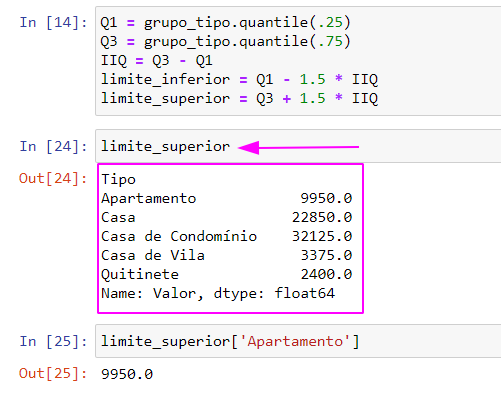

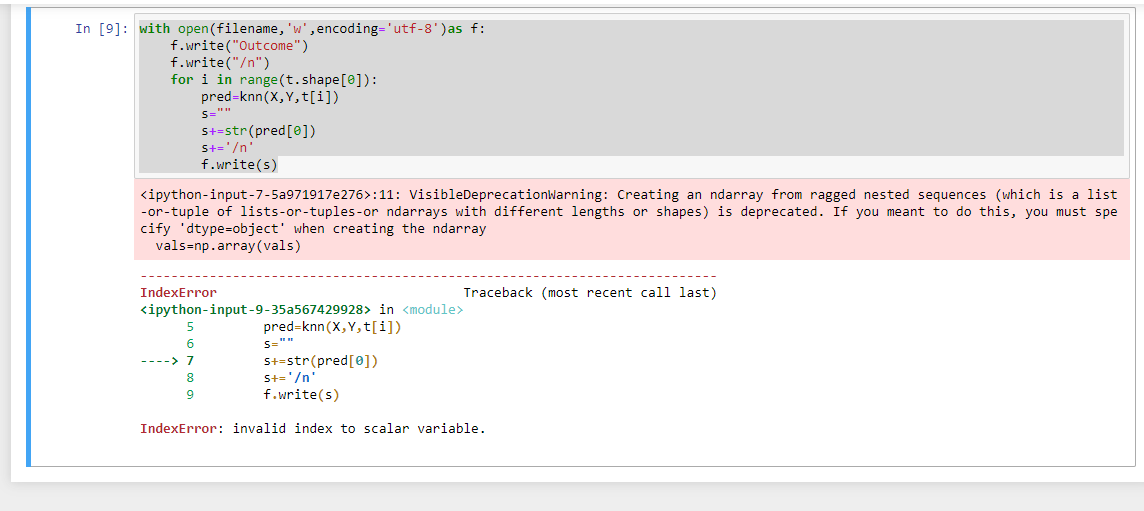




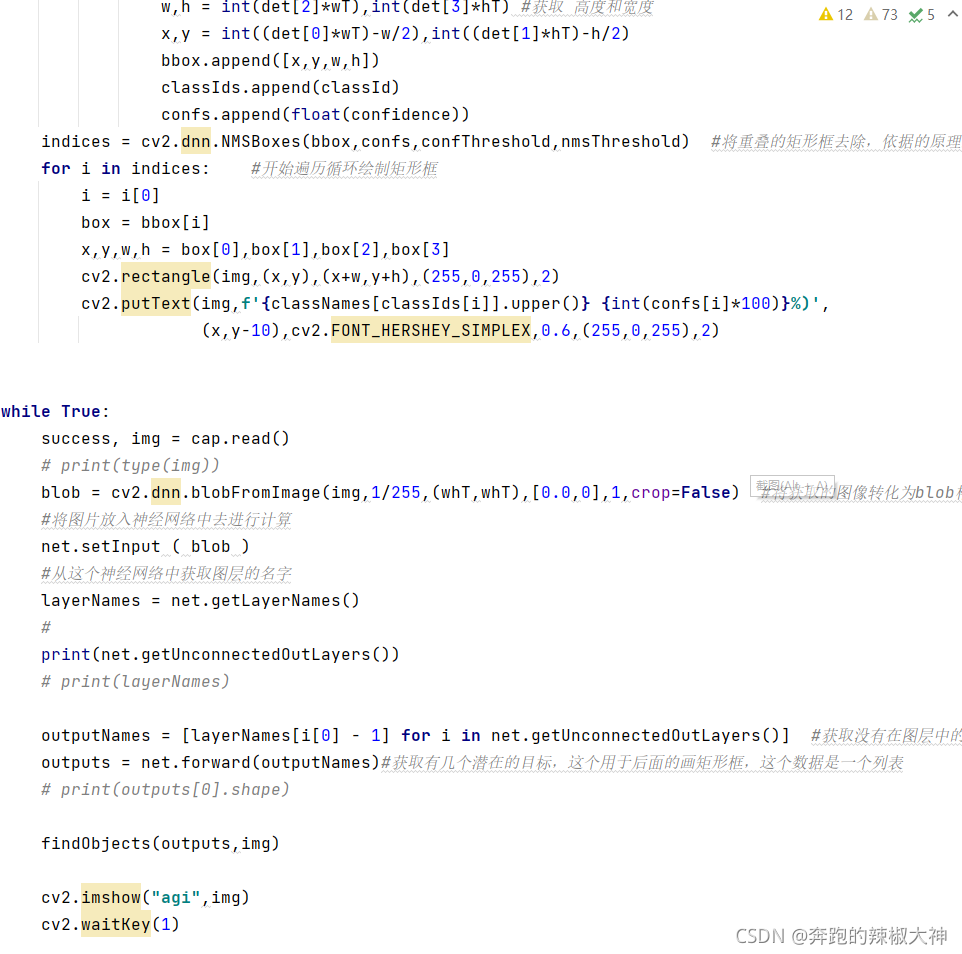





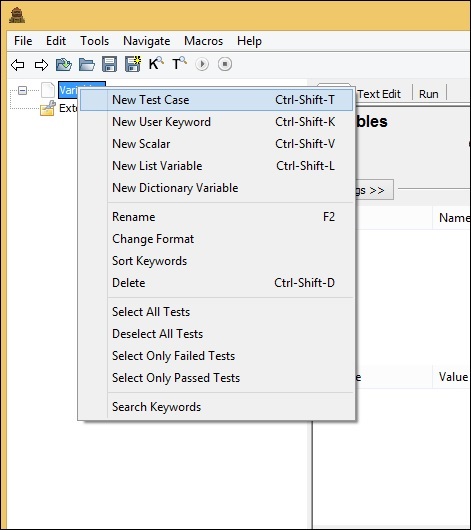
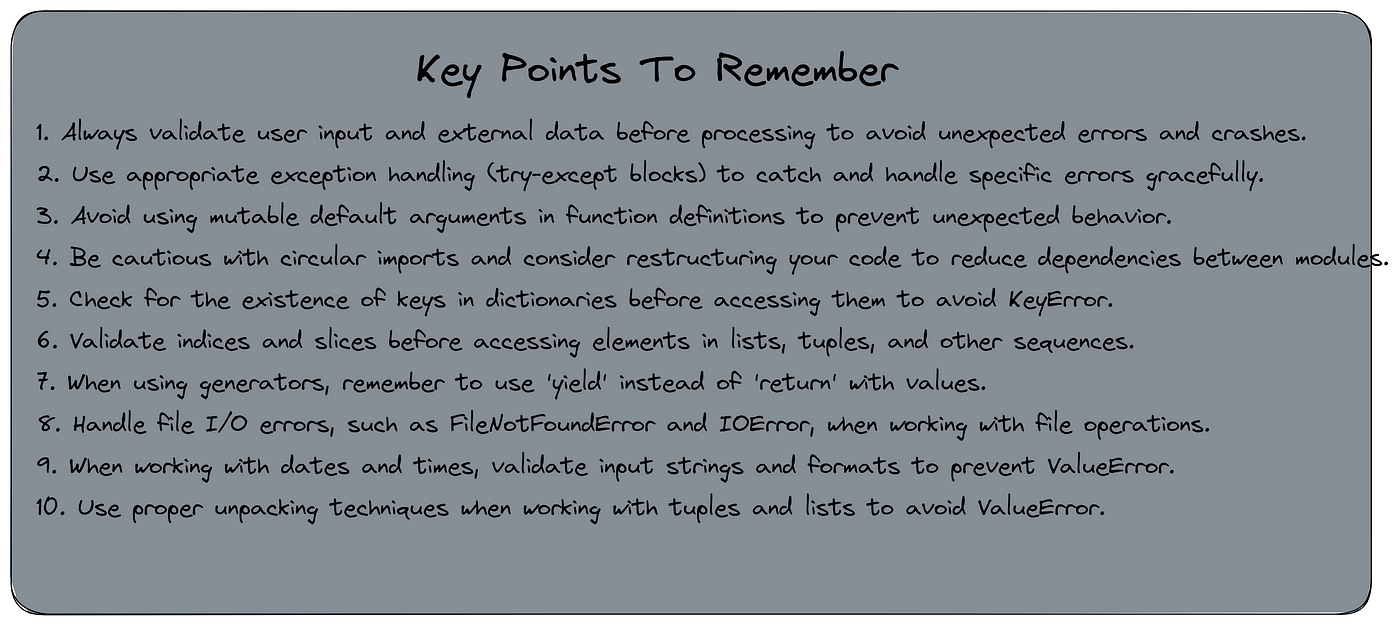
Article link: invalid index to scalar variable.
Learn more about the topic invalid index to scalar variable.
- indexerror: invalid index to scalar variable. – STechies
- IndexError: invalid index to scalar variable in Python
- How to fix IndexError: invalid index to scalar variable
- IndexError: invalid index to scalar variable ( Solved )
- Python Invalid Index To Scalar Variable: Solved
- How to fix IndexError: invalid index to scalar variable
- Invalid Index To Scalar Variable.” Error – Position Is Everything
- How to Fix IndexError: invalid index to scalar variable in Python
- IndexError: Invalid Index to Scalar Variable | Delft Stack
- IndexError: invalid index to scalar variable – OpenCV Forum
See more: nhanvietluanvan.com/luat-hoc